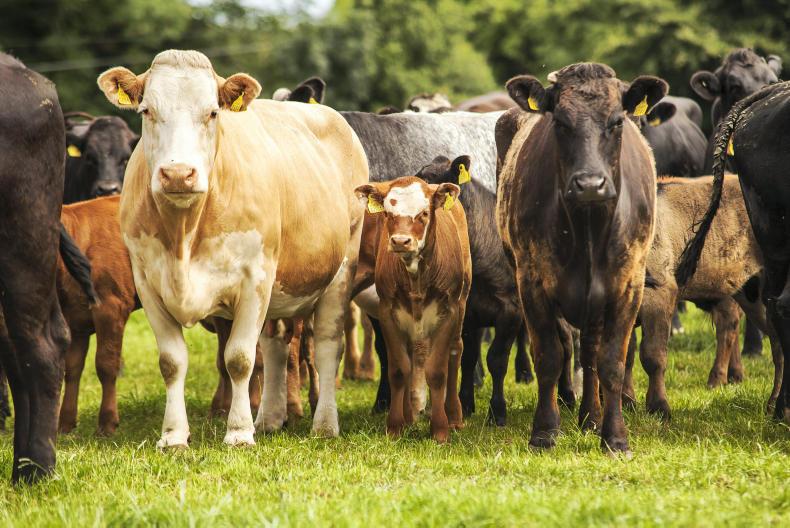Every year, several thousand farmers miss out the areas of natural constraint (ANC) payment due to inadequate stocking rates.
If in doubt, it is important to calculate your farm’s situation to ensure you are on target and check that no changes are required.
There are two criteria to meet; applicants must have an average minimum stocking density of 0.15LU/ha over the calendar year, plus a minimum stocking rate of 0.15LU/ha must be maintained for a retention period of seven consecutive months within the calendar year.
The only exceptions is where a lower stocking rate is recommended in an agri-environmental plan, commonage framework plan, etc.
The Department calculates the average stocking rate by analysing the number of animals in your herd or flock each month.
This is used to assess adherence to the retention period, with the cumulative stocking rate used to calculate the yearly average. An example of this is detailed below.
Table 1 shows the calculation for a farmer with 20ha who finishes 100 store lambs, makes hay for sale and purchases forward stores for a summer grazing system.
The minimum average stocking rate required over the calendar year is 3 LU/month (20 x 0.15LU/ha), or 36LU/ha in total.
As can be seen in the table, the farmer in question meets the 12-month average, but fails to meet the retention period, as he has insufficient stock in September.
In this case, he would need to buy the lambs earlier or retain cattle for longer.
The stocking rate values for different categories of stock is detailed in Table 2, along with proof that may be required to show what numbers you possessed.
It is important to note that only 50% of the eligible donkeys on a farm can be included in ANC stocking rate calculations in 2020.






 This is a subscriber-only article
This is a subscriber-only article










SHARING OPTIONS: